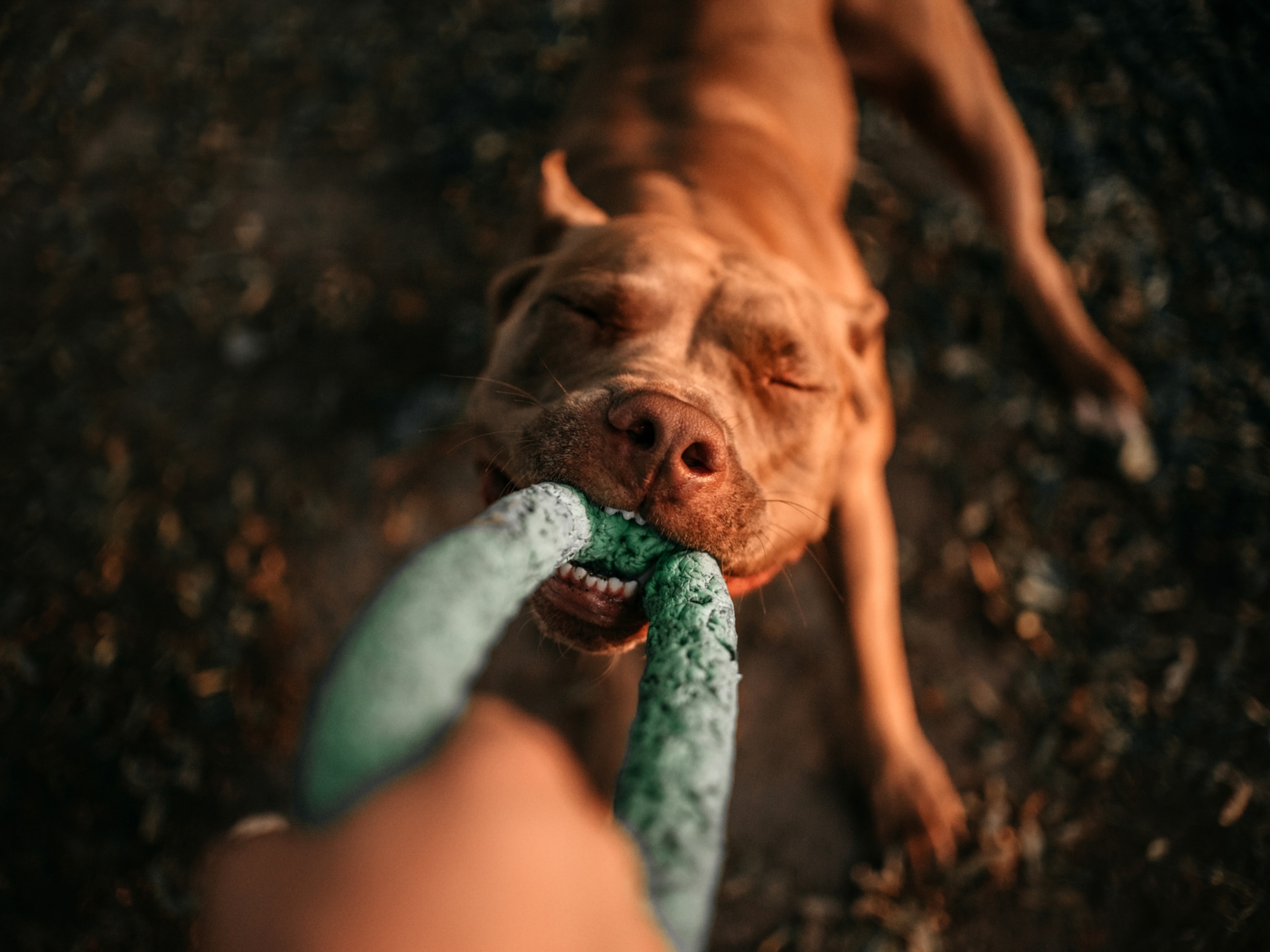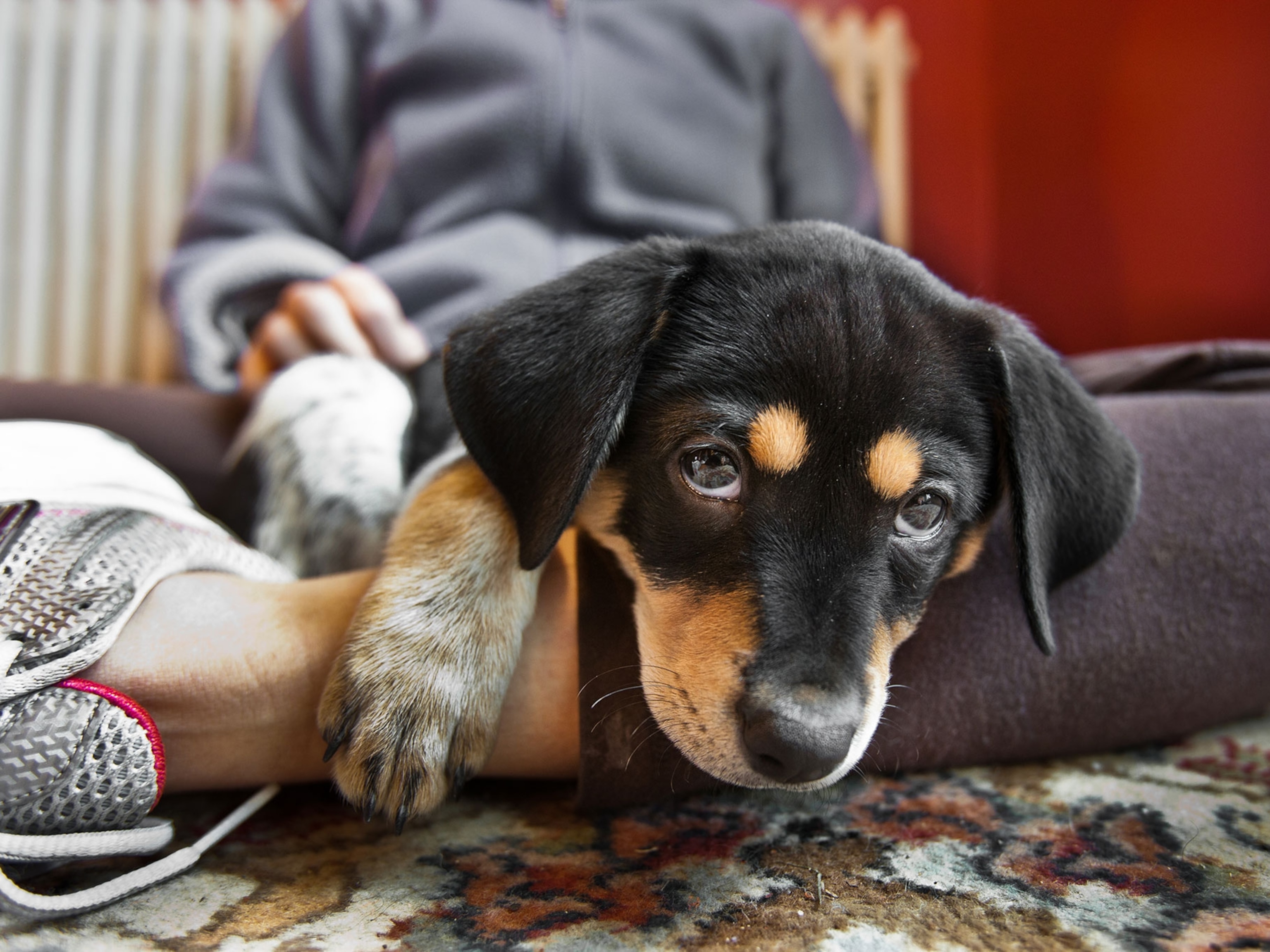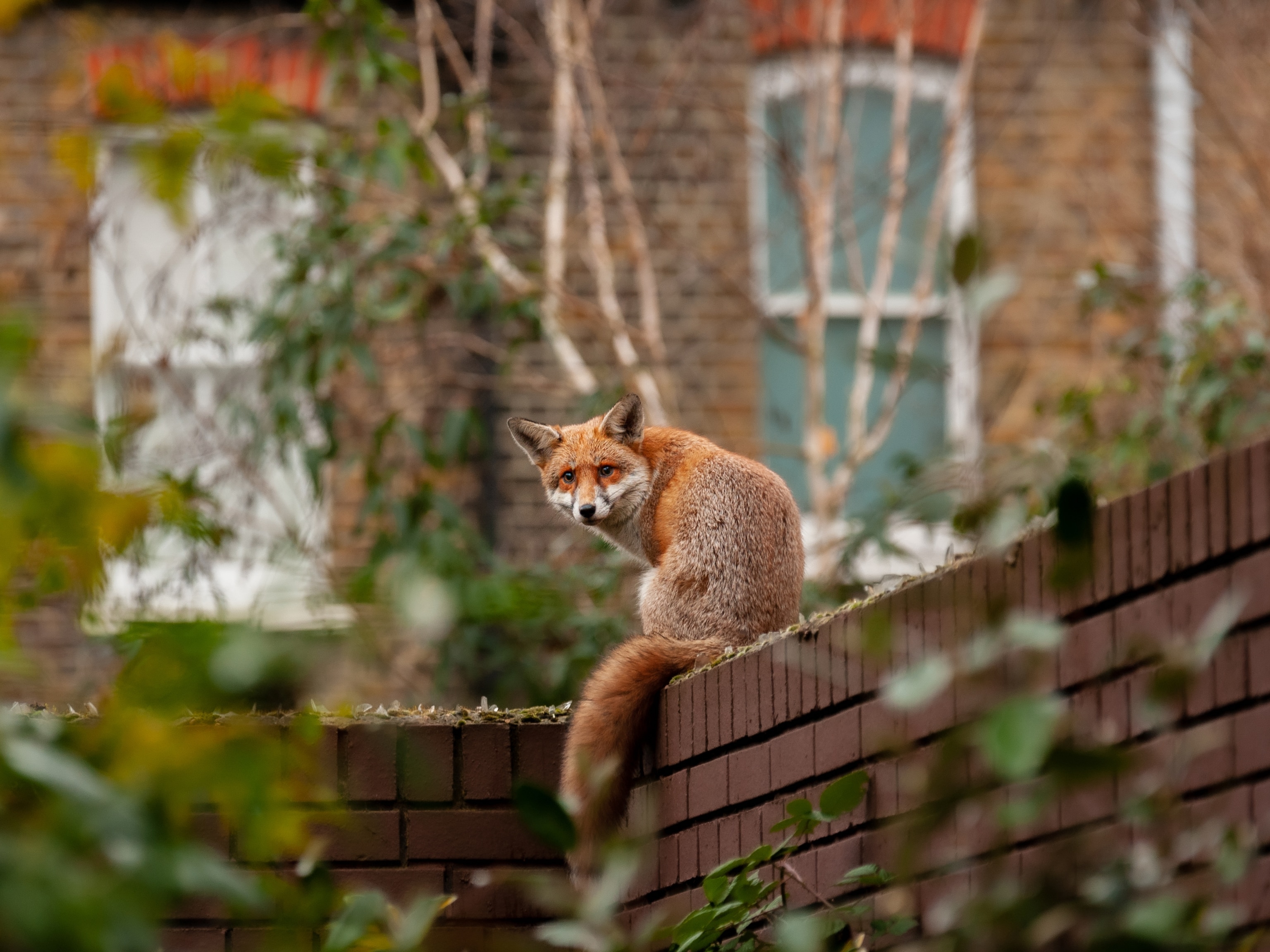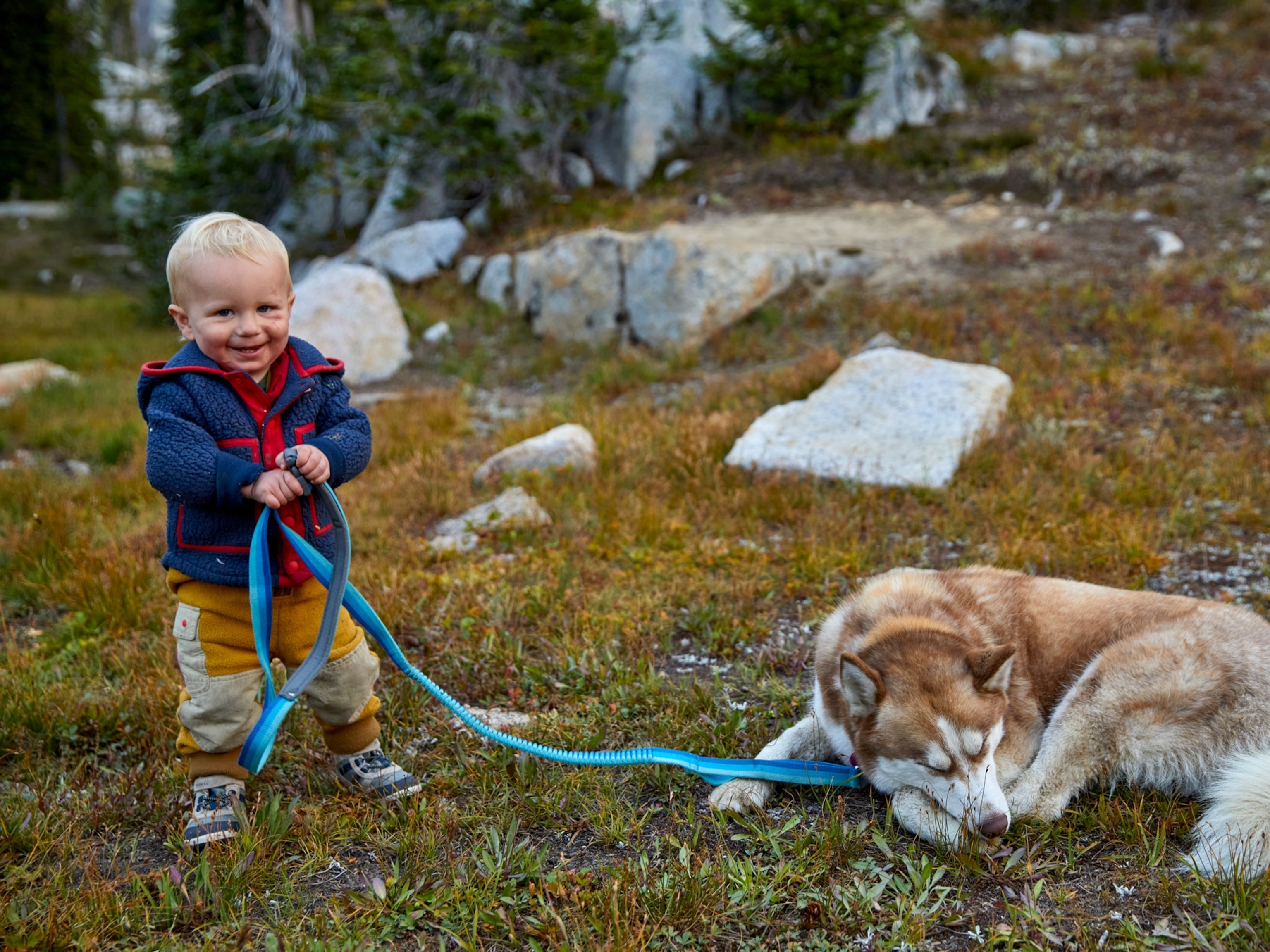
5 Surprising Facts About the Iditarod Dog Sled Race
Poodles can't compete, for one.
Sixty-nine dogsledders are mushing across the Alaska wilderness in hopes of becoming top dog in the 42nd annual Iditarod Trail Sled Dog Race.
Since 1973, hundreds of competitors have come from all over the world to make the 1,150-mile (1,850-kilometer) journey from Anchorage to Nome. Usually, between 60 and 100 teams participate in the event. Each team must start with 16 dogs and finish with at least six. (Read what it takes to compete in the Iditarod.)
National Geographic talked to Diane Johnson, the Iditarod's director of education, to learn more about the so-called last great race.
1. Iditarod is a city, a river, a trail, and a race.
Iditarod means "distant" or "distant place" in the languages of Ingalik and Holikachu, which are spoken by indigenous Athabaskan peoples of northwestern Alaska. It's also the name of a city, a river, and a trail in the same area.
A relic from Alaska's gold-mining era, the abandoned city of Iditarod is located along the Iditarod River (map) and considered the halfway point on the southern route of the dogsled race.
Back in the gold rush days, the only way to deliver mail to Iditarod was to drive a dogsled along the Iditarod Trail. But after World War II, Alaska transportation began to change in favor of faster methods of travel such as snowmobiles and airplanes.
"By the 1970s, the dogsled tradition had nearly disappeared," said Johnson.
Iditarod race founder and musher Joe Redington, Sr., created the long-distance race named after the trail to keep Alaska dogsledding alive and to help the Iditarod Trail become recognized as a historic trail.
2. The starting line can change.
Unseasonably warm weather can move the starting line of the Iditarod race—known as the restart location—if the trail begins to melt.
In 2003, when the trail near Willow was impassable due to deteriorating conditions, the race was moved to Fairbanks, a city 359 miles (578 kilometers) north of Anchorage.
Organizers considered moving it to colder Fairbanks again this year, but decided that trail conditions were safe for the racers.
3. Chihuahuas need not apply.
Only northern dog breeds like Siberian huskies and Alaskan malamutes are allowed to race in the Iditarod. The rule was adopted in the early 1990s after musher John Suter entered the 1988 competition with standard European poodles on his dogsled team. However, many of the poodles were dropped off at checkpoints due to frozen feet and hair-matting problems.
"Most of our pet dogs don't have the right undercoat to travel in the Alaskan conditions during the winter," Johnson said. (Take National Geographic's dog quiz.)
Some mushers disagree with the decision to allow only northern breed dogs, but the organization insists the rule is to protect dogs that aren't suited for cold-weather racing.
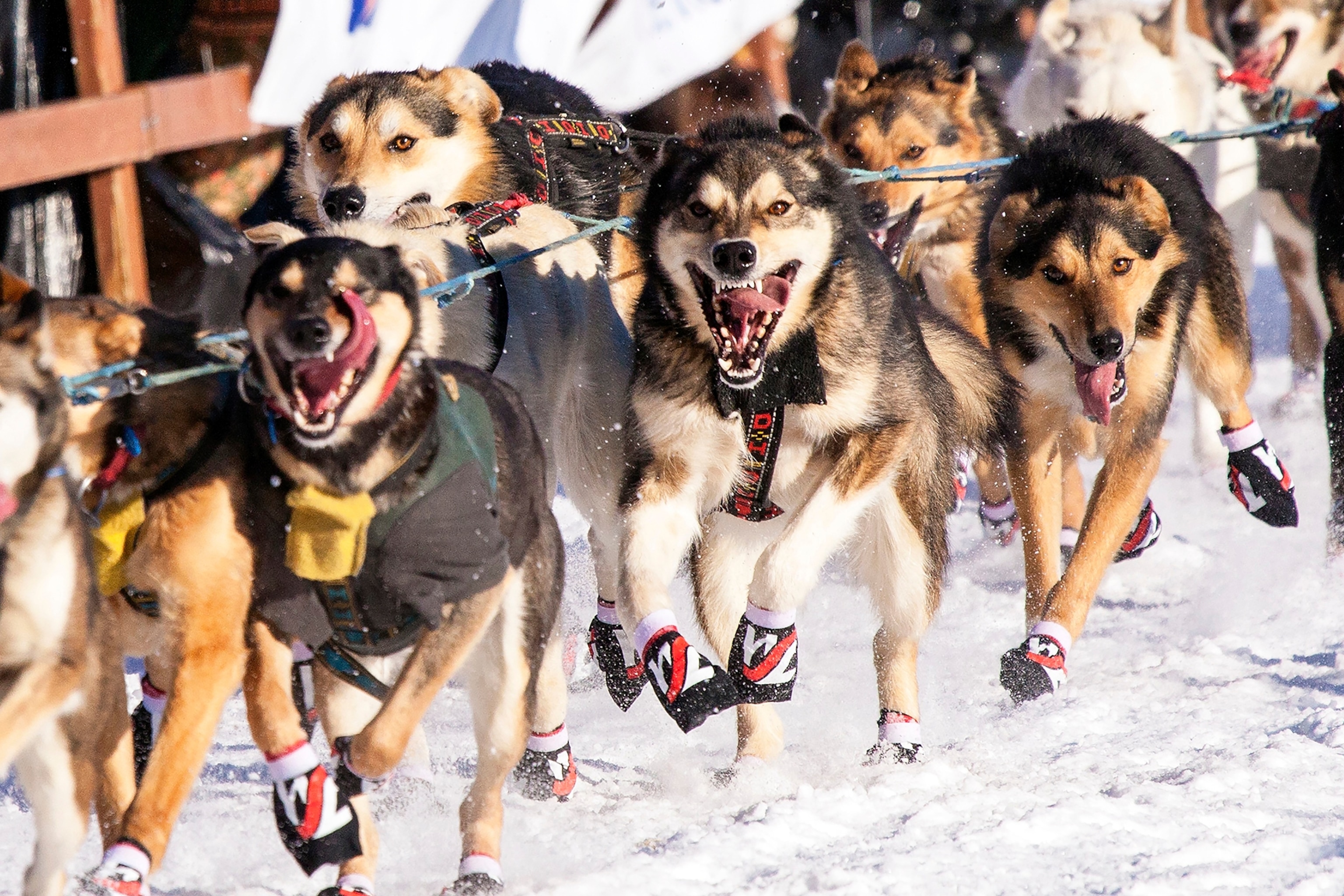
4. Moose are dangerous.
Moose are a threat for dogsled teams, said Johnson.
That's because the large animals can charge the sled and injure the dogs. Such attacks are so frequent around Willow that some mushers have nicknamed the area "Moose Alley."
In 2012, a moose charged at musher Karen Ramstead while she was training in Moose Alley. She was able to escape the attack, but the moose injured one of her dogs.
5. Red lanterns finish last.
The Red Lantern Award is given to the last team to finish the Iditarod. The winner usually completes the race in eight to ten days, though the longest any team took to finish the race was 32.5 days.
The red-lantern tradition originated in 1953, during the three-day Fur Rendezvous dogsled race in Anchorage, and was passed on to the newer, and much longer, Iditarod. The name refers to the lantern that's lit during the race and not put out until the last dog crosses the finish line.
Top dog or not, in the Iditarod, every dog has its day.
Follow Angie McPherson on Twitter.

